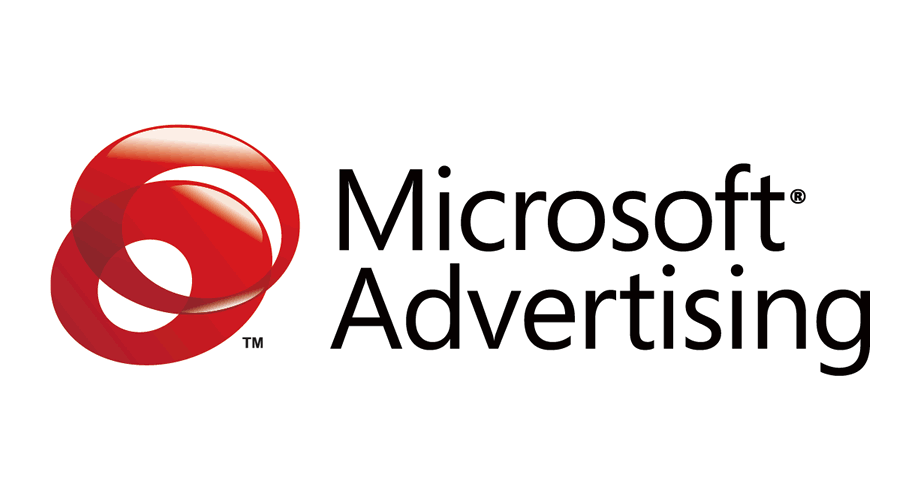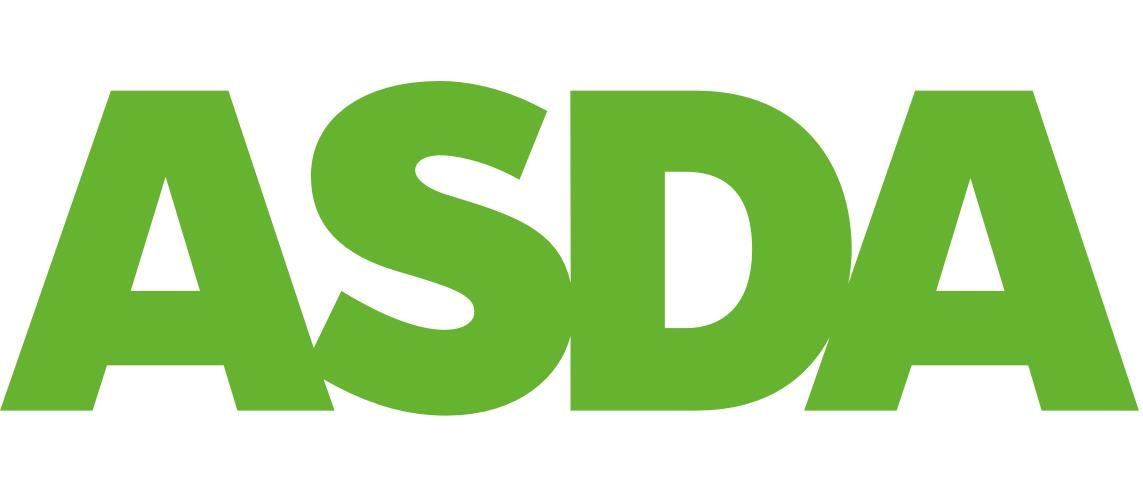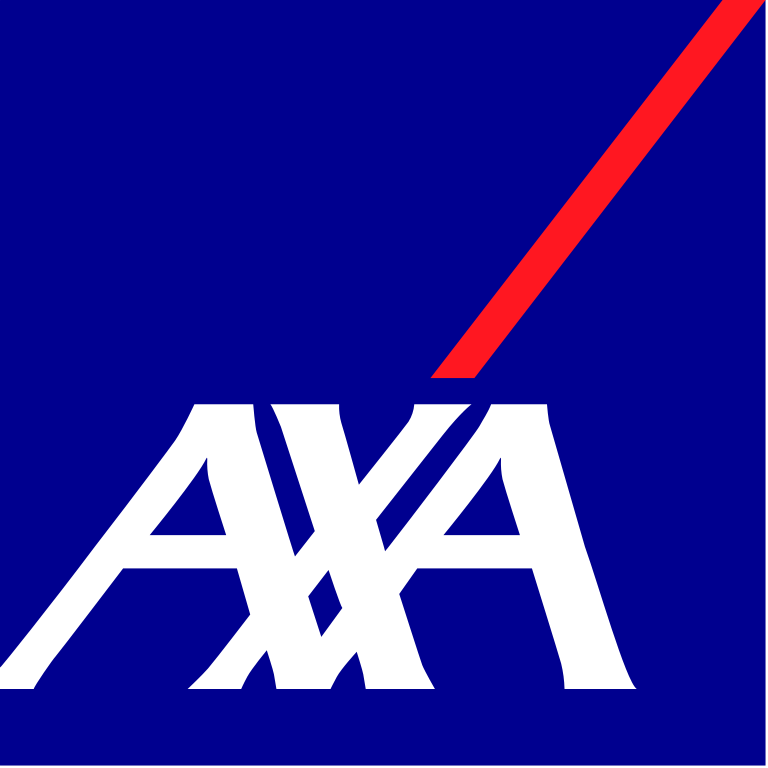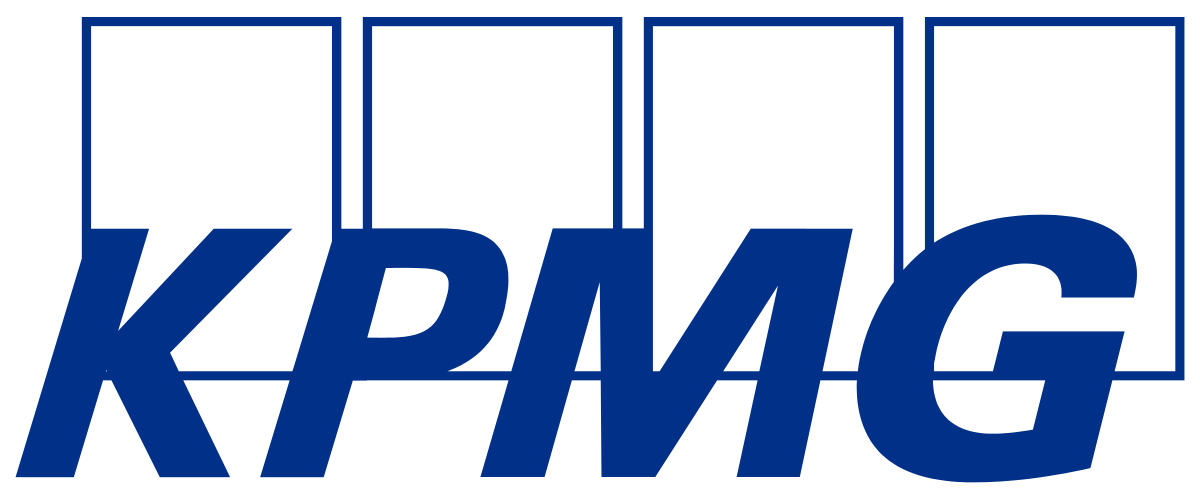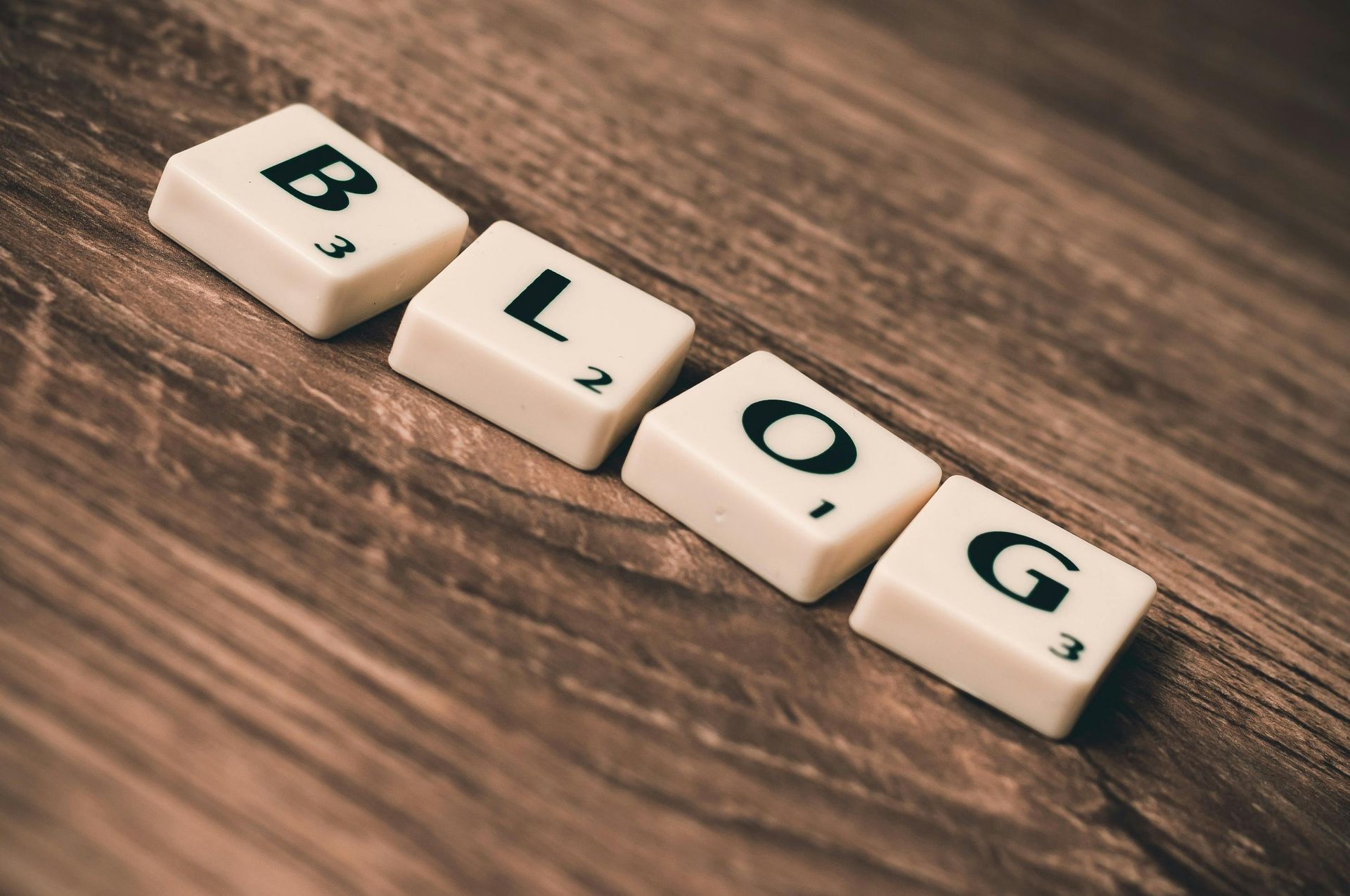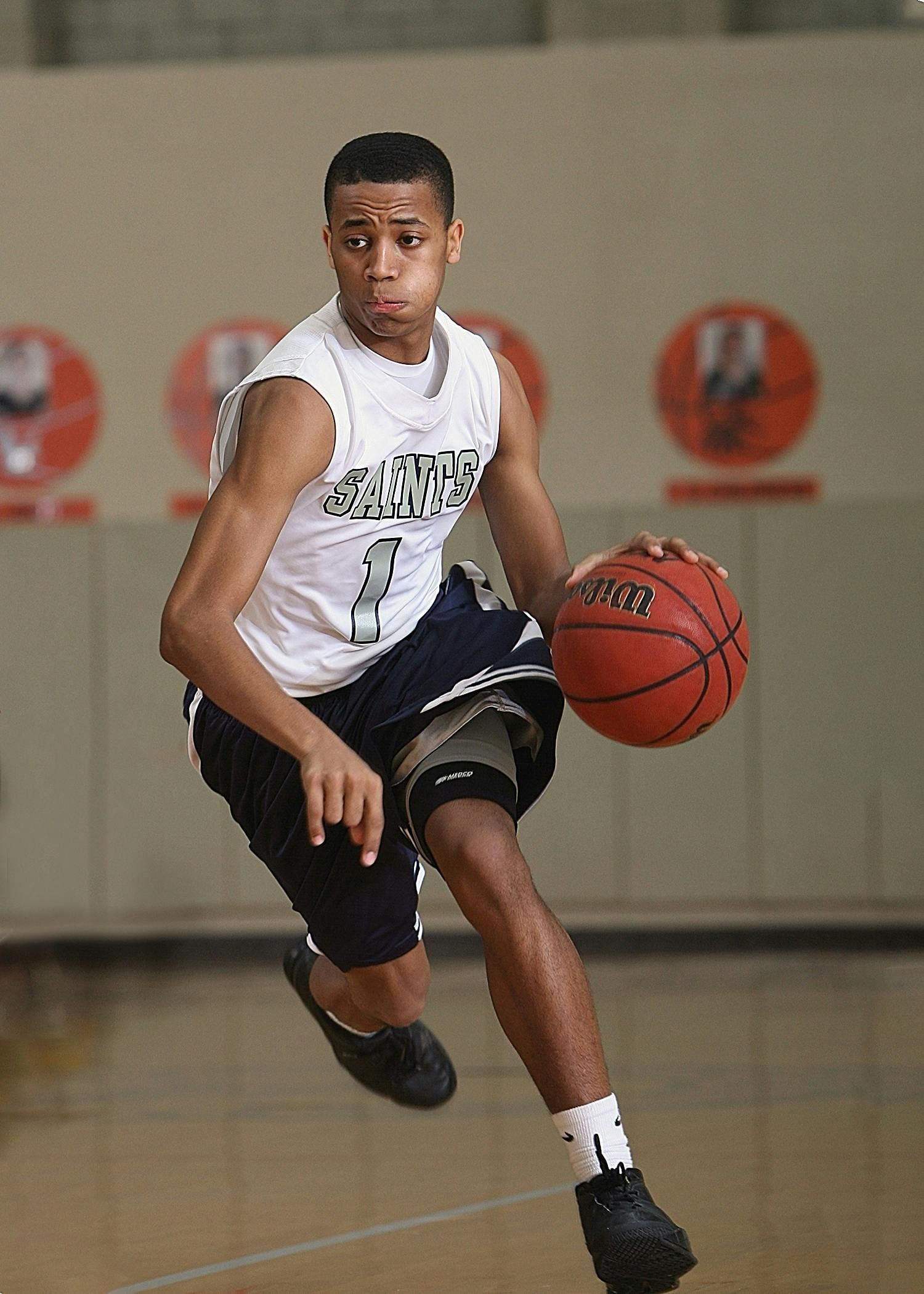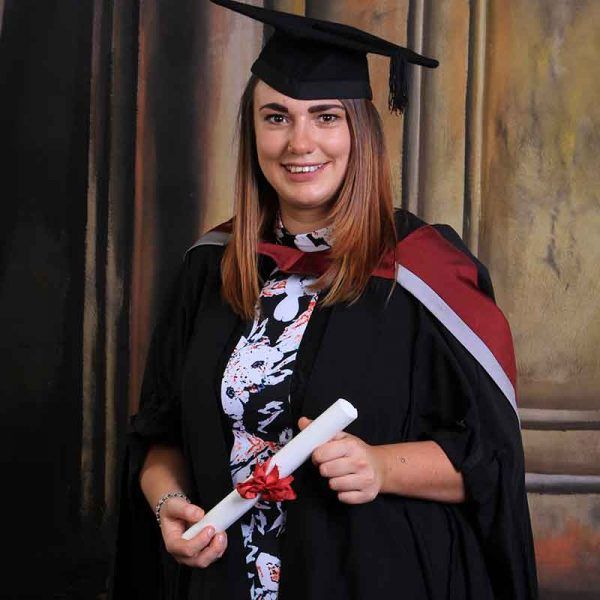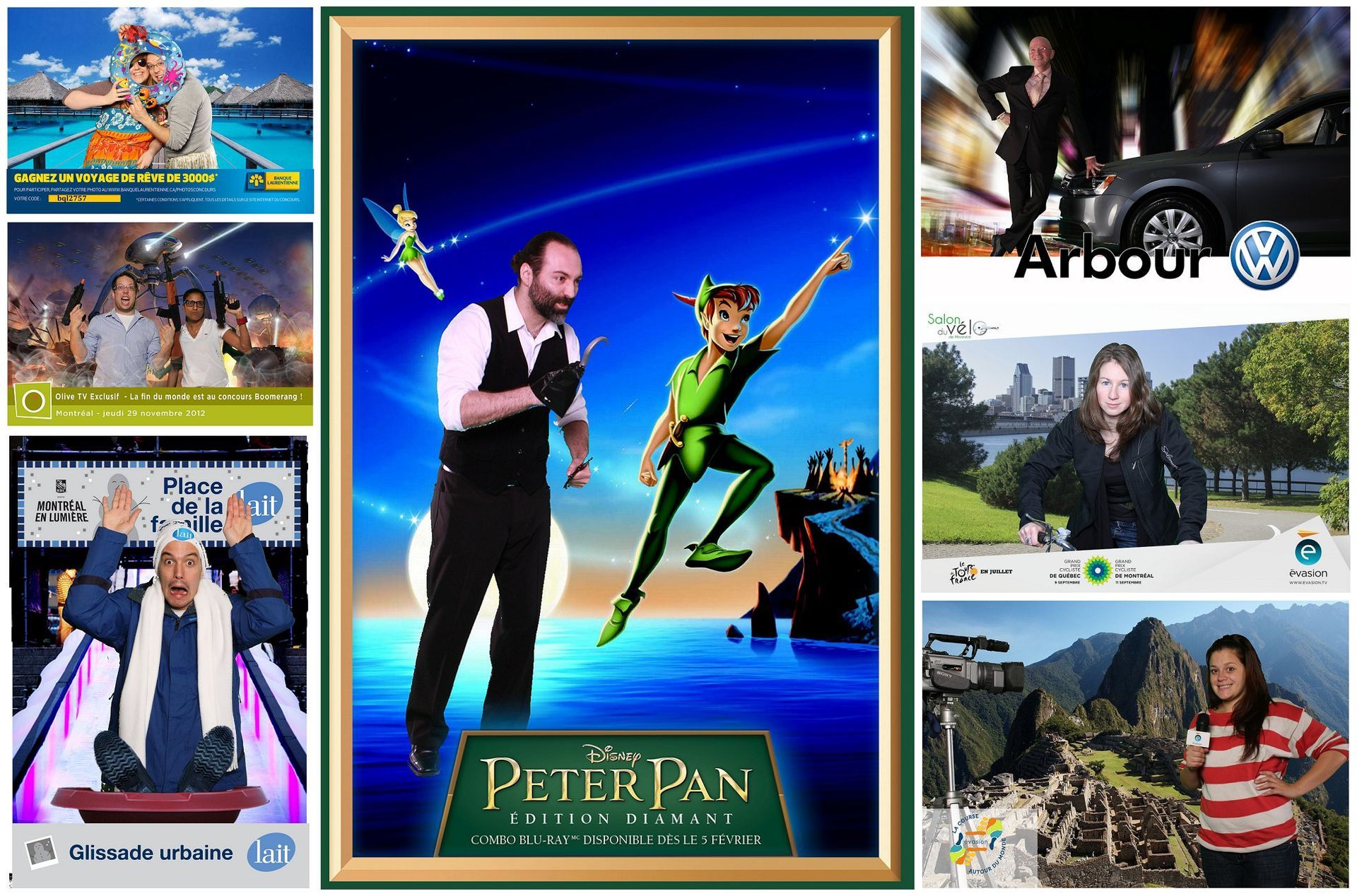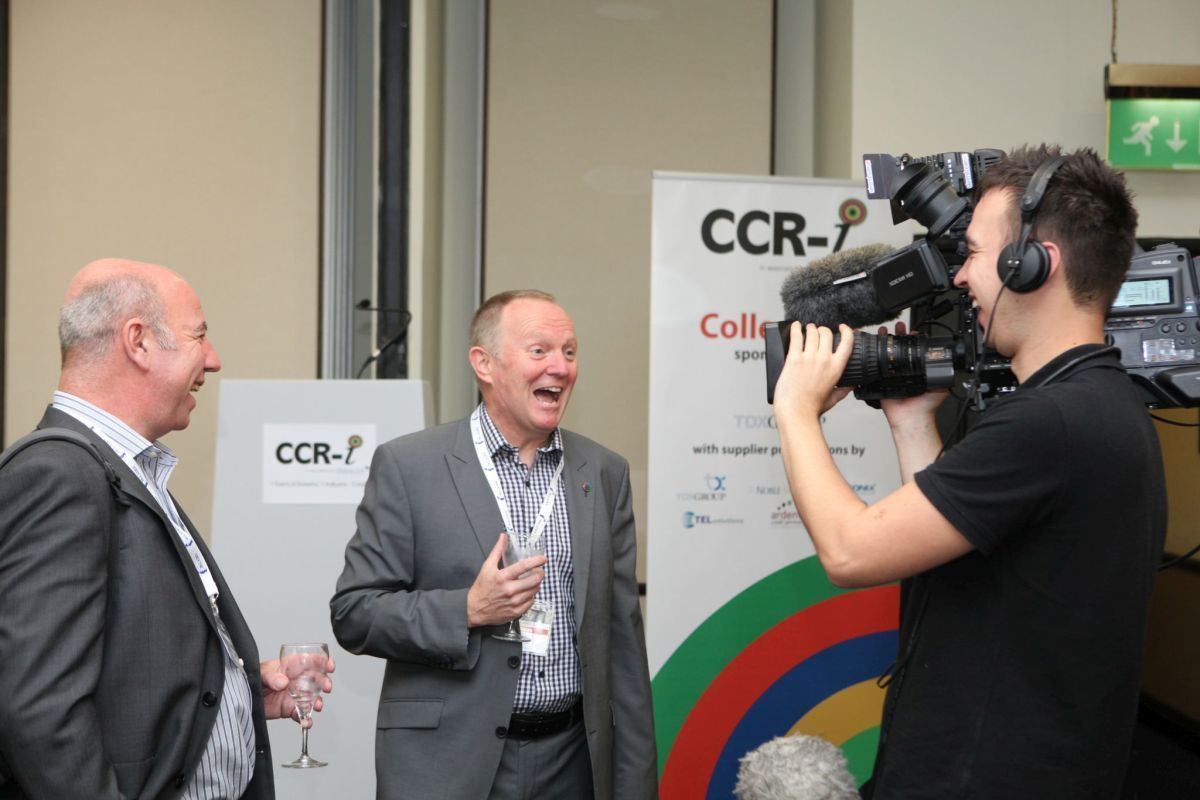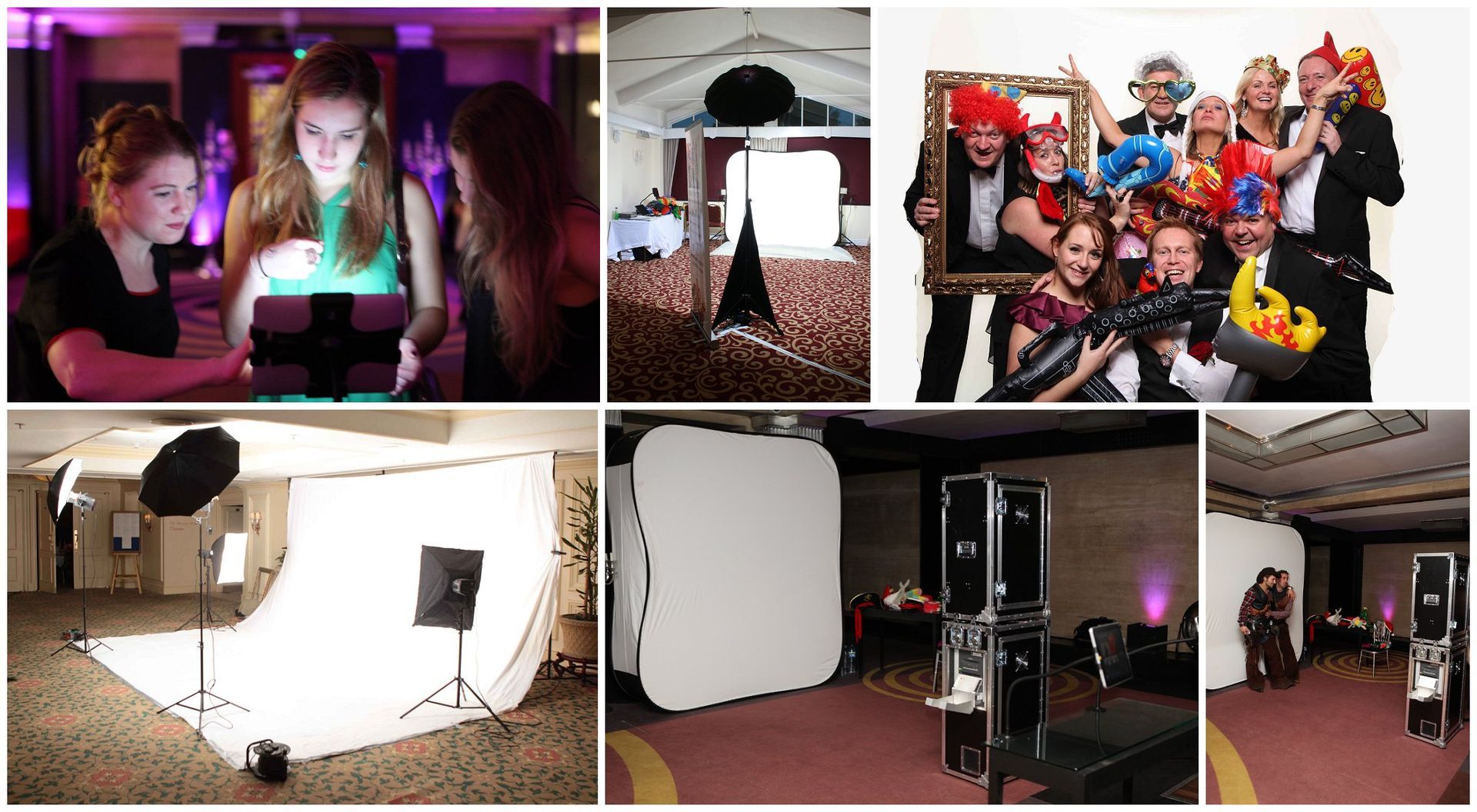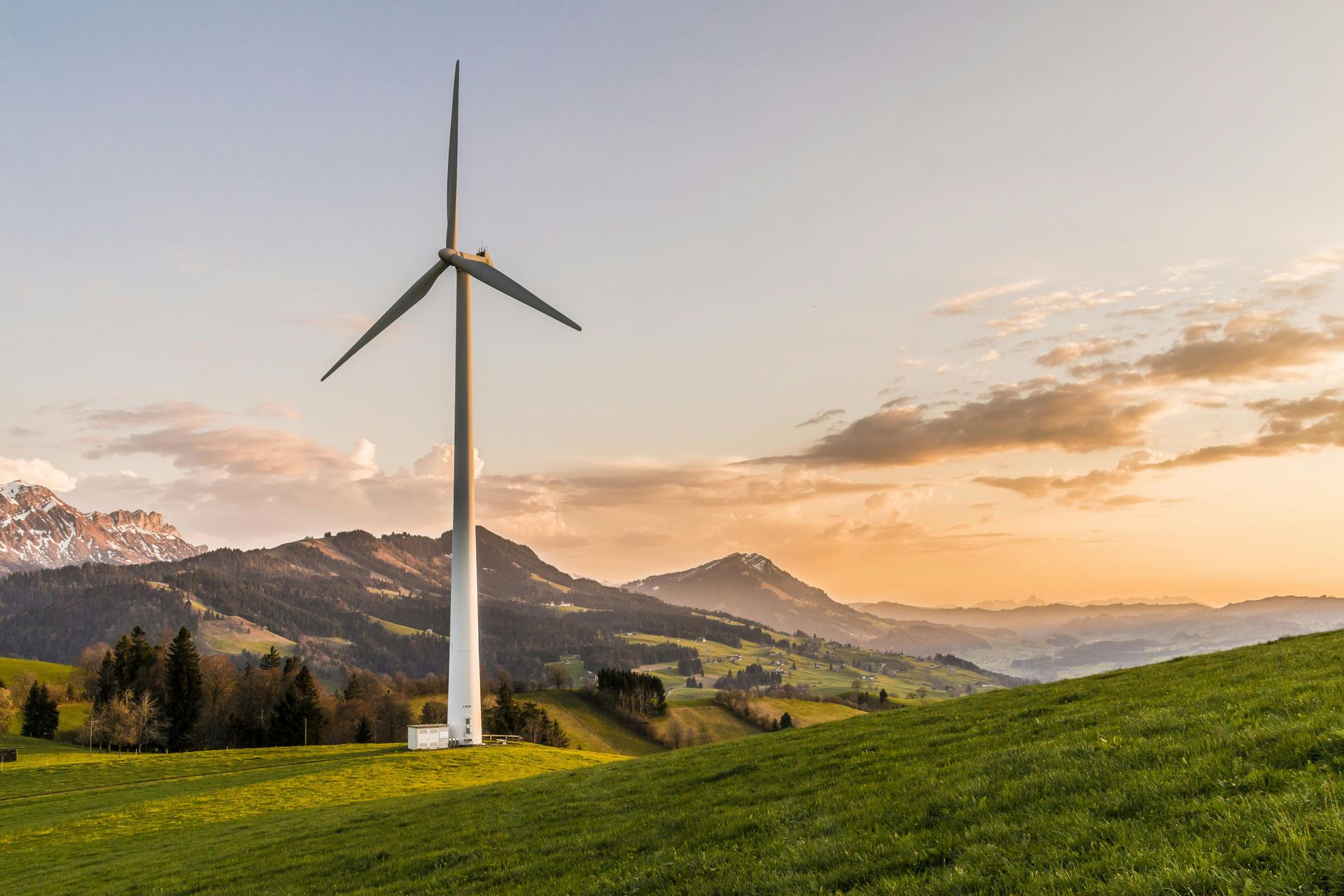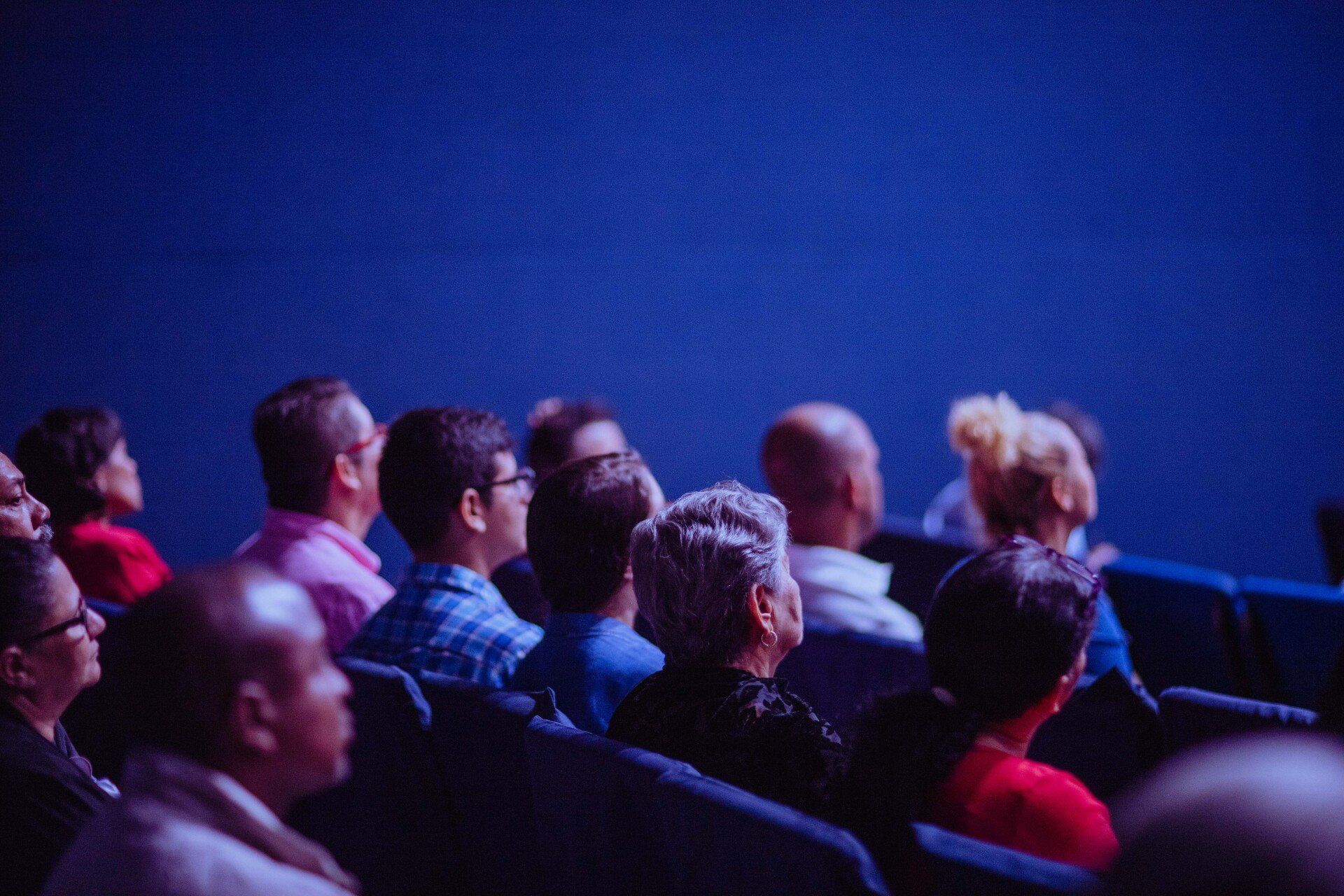Our lives as commercial photographers
Roaming Photographer
conferences, parties ceremonies, and many more
Mini Studio Hire
For portraits, headshots, fundraising, promotional or marketing purposes. on site at your event with instant printing
Photo Booth Hire
We have the most innovative photobooth solutions for your commercial or corporate event.
Get a quote for your event needs.
We're here to create fantastic campaign services that tell your story, grab attention, get people interested, and ensure that what you've got to say stands out from the rest.
Our lives as commercial photographers
Commercial photography is a genre that encompasses any photos used for a business or publication. “It’s photography that helps sell things,” says photographer Andrew Bennett. “When I do commercial photography, it’s because a company has a product or service to sell and needs content to help sell it.” From websites to billboards to social media campaigns, there’s almost no limit to the potential commercial uses for photos.
Commercial shots are generally thought of as moneymakers for professional photographers—and they can be lucrative—but there are disadvantages to shooting solo in this capacity too. A downside is that unless you work through an agency, you spend time giving away rights without receiving them in return (more on how this works below). Another is that your work will invariably be filtered by clients, who may not necessarily share your aesthetic.
“It can get tedious shooting things you don’t find very inspiring just to earn a living, or having to constantly meet deadlines and the demands of others—especially if you have creative ambitions that go beyond commercial work,” says Bennett.
Those are some of the challenges of being a commercial photographer. But it certainly doesn’t have to be all negative! The following guidelines should help you decide if this type of photography can actually be fun for you. Plus there are always the potential benefits worth considering…
Benefits Of Commercial Photography As A Freelancer
If you do choose commercial photography as one of your income sources, you can benefit in several ways:
1. You Get Paid To Shoot Something That Inspires Your Imagination
2. You Can Subscribe To A Photography Subscription Service (such as PSDVault)
3. You Can Gain Exposure From Commercial Clients Who Might Refer Other Clients To You
4. You Can Open Your Own Online Photography Portfolio To Show Off Your Work
5. You Can Be Less Of A Sellout With Commercial Clients And More Of A “Hired Gun” Who Creatively Collaborates With Them—To Reach The End Goal While Still Putting Your Personal Touch On Their Brand
What Type Of Commercial Photography Jobs Are Out There?
Commercial photography jobs are out there in the millions, but not all of them pay well or require top-notch equipment or experience—and some are simply too boring to waste your time on if you have other options. Here are just a few areas where commercial photographers can find work:
1. Real Estate/Property Development Shots For Websites
2. Architectural Shots For Websites
3. Product/Service Promotions
4. A Manufacturing Company Needs Some Warehouse Shots For Their Website
5. An E-commerce Company Needs Some Catalog Photos To Show Off Their Products On Social Media And Their Site
6. A Clothing Company Wants To Utilize Facebook Ads As Part Of A Marketing Campaign, So They Need Photos Of Models Wearing The Clothing In Unconventional Settings
7. Various Types Of Retailers Need Stock Photography That Can Be Used In Their Catalogs Or On Their Websites—These Images Should Be Clear, High Resolution, And Unique Enough To Stand Out From Other Stores’ Images So Customers Will Buy More From Your Client Than From Competitors
8. A Blogger Needs Specific Stock Photos To Help Them Show Off Their Product Reviews And Tips
Commercial Photography Projects Involve Collaboration…But You Might Like It
When you’re doing commercial photography, the chances are good that you won’t be working alone. First there’s the client—the person or business who hires you to produce pictures. The two of you will need to work together to determine exactly what they want out of the shoot. Then there are any assistants that might be needed for holding reflectors or other tasks, as well as stylists whose job it is to dress the set just so according to your vision. Finally there are often models who pose in front of your camera lens. If this all sounds like more of a team effort than you would be used to on your own, that’s actually an advantage. “When I do commercial photography, it’s often with other creatives—art directors, stylists, makeup artists, hair stylists—and we can brainstorm together on set and come up with creative ideas on the fly,” says Bennett.
Once all this collaboration is done and everyone has worked together toward creating something great for the client, one or several models will need to pose during the actual shoot. It may take some time for them to settle into their best positions so you can capture the photos perfectly. However? This time could be even more valuable than usual if you use it as an opportunity to get on the same page with your model(s). “I always like getting to know my models on a personal level at least a little bit before we start shooting together,” says Bennett. “This helps us both feel more comfortable and relaxed—after all, I’m going to be asking them to put their trust in me and allow me to guide them through posing and interacting with the camera for an extended period of time (sometimes up to 20 or 30 minutes per shot if we’re doing portrait style photos!). Having some kind of rapport with each other beforehand goes a long way towards making that possible.” This can also help you determine which types of photos work best for this particular model versus another one who might have a different look or level of comfort in certain situations.
Commercial Photography Puts You Right In The Middle Of Your Own Explainer Video
“When I was photographing for an explainer video, I had to go into the office space where all the animators were working, so that they could get footage of me using their product while explaining how it works,” says Bennett. “I thought this might be somewhat annoying because it would take time away from actually shooting photos for the commercial photography job—but what ended up happening is that when I went in there with my camera and tripod to film myself showing off their product like I normally would (while getting rid of any strange shadows by shining lights around), it turned into a pretty fun collaborative project. We shot several different variations, and the animators worked them into their script so they could use my actions as reference material for how to animate it later on—so I wound up getting credited as a co-creator of the video!”
Commercial Photography Can Be A Challenge…But It’s Also Very Rewarding
During your commercial photography projects you’ll be creating many photos that will end up being used in multiple ways by the client or their clients. Since this means one photo could be seen by hundreds or possibly even thousands of people, you need to make sure every single detail is flawless. “Creating high quality photography requires attention to detail, patience, foresight, quick thinking, problem solving skills, and knowledge of lighting—which is why I feel like it’s actually one of the most challenging types of photography out there,” says Bennett. “It can be very rewarding when you’re able to overcome those challenges through your own creative problem solving though!”
Commercial Photography Requires You To Be Creative And Resourceful When dealing with commercial jobs, you will likely have all kinds of odds and ends vying for your attention at once. This means having a lot to keep track of while staying organized at the same time. Plus, depending on whether or not this is for an ongoing assignment or just a one-time thing, you may also need to determine how long each job will take so that you know if you’ll be able to fit it in between other projects. “First, you need to identify the scope of the project and determine what resources you already have at your disposal (i.e., lighting equipment, props, location access),” says Bennett. “Then, before even starting a shoot like this I like to map out exactly how long each shot will take: If we’re doing 10 shots that all take 2 minutes each and we know we can get through them in one hour without rushing, then we know we’re looking at a total time commitment of two hours—which also means our model(s) might not be available for an entire afternoon if they have other plans after this! In order to schedule around that we usually need to start our shoot earlier in the day, or not do as many shots, or something like that.”
Commercial Photography Requires Patience: Good Things Come To Those Who Wait When you’re photographing for commercial clients, whether it be with a model/talent or just shooting stock images on location , you can never expect things to go perfectly according to plan. “Sometimes things don’t even go wrong per se—they may just take longer than expected because of all kinds of variables (like weather and lighting conditions), so it’s often good to give yourself extra time for unexpected delays; otherwise you might jeopardize coming home without any photos whatsoever!” says Bennett.
Commercial photography is a pretty broad area, covering the majority of professional photographers out there. It covers anything from family portraits, event work and wedding photography through to architectural and corporate commissions as well as photographing products for advertising purposes. In this article I’m going to give some advice on how to start up in commercial photography.
First of all, commercial photography can be a really fun way to make a living. It’s often much more varied than other forms of photography, even if you’re working for an advertising agency or in-house department who specialise in one type of industry. You could be shooting products at the factory making them, people using the product, people selling it on commission alongside competitors’ products and/or similar products to be sold in different ways. Or you might have to photograph someone wearing clothes made out of the product for an advert which will feature only their head and shoulders.
The key thing about commercial photography is that it can often be rushed or extremely time-sensitive. People might only buy clothes when they’re on sale for example, so you could have very little notice before having to shoot products to go with advertising which will appear next week. This has both good points and bad points; on the good side you’ll rarely get bored and may develop your ability to think under pressure and solve problems quickly (I once had to shoot the front cover of a magazine in an hour, with no prep time but my own transport to get there). The bad points are that you may have little choice over your working hours or conditions.
However, there are other advantages to commercial photography. As part of the course at university I did some work experience for an advertising agency in London who worked on annual reports and travel brochures for big companies. It was amazing! First of all every photographer I saw had their own office, so you really felt like you were somebody important (although my office was about the size of a shoebox!). Second, they had lots of really cool stuff lying around to play with; including soundproof booths which you could put models in so that even if it was 7am outside nobody would hear them scream when they get covered in paint! Lastly they paid us – not badly either.
If you’re thinking about working freelance then essentially it’s the same as working for anyone else. The main point to remember is that you need to make sure you meet all your tax obligations and pay the right amount of NI (National Insurance) every month. I work freelance but also have a day job which means I’ve got a steady cash flow during the week, but at the end of the tax year I still have to work out how much money I made from photography and how much from my day job. Then there’s VAT which can be quite confusing if you’re doing it after spending years as a PAYE employee!
To start with though, try to get some commissions under your belt so that you can appreciate how this side of professional photography works. Good luck!
Commercial photography is a type of photography that requires the use of skill, talent and artistry. Photographers who are interested in commercial photography as a career should focus their learning on this particular style.
Commercial photographers serve both businesses and individuals with specific needs for artistic visual representations. Professional photographers can assist customers in branding their company or creating advertisements to be published in magazines or online. Commercial photographers may work with those whose occupations demand visual presentation such as actors and models along with those who wish to capture important memories through professional portraits.
Commercial photography is different than other types of photographs because it includes both artistic and scientific elements requiring knowledge of aesthetics and technical skills involving digital imaging, lighting and photographic equipment. Commercial photographers must become adept at working quickly under time constraints and with tight deadlines.
(A commercial photographer must be able to multitask in a fast-paced environment)
As the world continues moving towards faster methods of completing tasks, so does a commercial photographer’s work . It is acknowledged that a commercial photographer often has a very specific vision for their images however they still have to meet deadlines on time for whatever product or service they are shooting. The required turnaround time varies depending on what it is being commissioned for but some examples include industrial photography where the images may need to be submitted as soon as possible, or portrait photography where there can sometimes be a wait of weeks before an individual can have their photograph taken due to other commitments. It is important for a commercial photographer to be able to prioritize the importance of each element they are photographing in order to meet deadlines effectively.
(A commercial photographer’s work may not always be creative)
Commercial photographers often have very little input into what it is exactly that they are being commissioned to take pictures of, however this does not mean that someone looking for commercial photography means that the end result will come out unappealing to anyone viewing it . Commercial photographers who do not like taking orders from others might find this type of work dissatisfying and look at alternative types such as freelancing or working in an agency where there is more freedom with deciding what gets photographed.
Commercial photography can be done in many different ways however the one thing that remains the same is the amount of hours put into taking just one photograph . It is common for a commercial photographer to take thousands of images before they find the perfect shot, which means that it will take them days or even weeks before they are able to complete their work. This could cause problems with meeting deadlines so it is important for commercial photographers to have effective time management skills so that they are not wasting valuable time trying to get everything right.
(A commercial photographer may deal with difficult people)
Commercial photography involves clients who all possess very different personalities and come from vastly different backgrounds, some clients could even prefer working with female photographers rather than male ones . Due to this, a commercial photographer may sometimes encounter problems with their clients and might need to re-arrange product shots if their various backgrounds and beliefs prove to be too difficult. For example, some religious groups prohibit the display of any form of images which have been altered in order to present them as being more appealing than they actually are . In this case it is up to the commercial photographer to find a way around these restrictions by shooting items from an angle which does not include depicting them anywhere near the top half of the image.
This sort of problem could also arise with other types of photography if for example a group did not want an image showing a part of the body that may offend others or did not want people seen smoking or drinking alcohol . It is important for commercial photographers to be able to respond in a timely manner so that they are not wasting valuable time trying to sort issues out with their clients.
(Commercial photography is an interesting way of earning money)
Being a commercial photographer can be very different from your regular job even if you possess the same skillset that you need for both . For example, it may take days or weeks before completing one image depending on how quickly certain elements are involved with producing the end result . It could also involve working outside of your usual office environment where at times there could potentially be no running water or electricity available if working in the middle of nowhere. This might seem off-putting but it can also provide many advantages such as being able to work for yourself and not having to deal with other people’s unreasonable expectations. Also, there are often chances to get paid for doing outdoor photography if commissioned by various companies which can give you more time to work on your own projects.
Difficulties may also arise when dealing with clients that have very different upbringings or cultural backgrounds . For example, some religious groups prohibit the display of any form of images which have been altered in order to present them as being more appealing than they actually are , this would cause problems with the commercial photography process because it could mean that certain aspects need to be changed around. It is therefore important for commercial photographers to know how best to approach these sorts of issues so that their pictures are not rejected before they have even started taking them.
1. Commercial photography is an example of fine art photography involving taking photos for various purposes which include; advertising, publishing or entertainment .
2. Some of the difficulties that may arise when commercial photographers go about their business include dealing with difficult people and tight deadlines.
3. An example of one of the many types of photographs taken by commercial photographers would be images connected to promoting certain companies or products through promotional printed material such as postcards, leaflets or magazines
4. Being a professional photographer can also involve working in outdoor locations away from any form of electricity or running water
5. Other aspects related to commercial photography might include having a large range of photographic equipment at their disposal which could consist of up-to-date cameras and lighting equipment.
Commercial photography is an interesting way of earning money, it can be very different from your regular job even if you possess the same skillset that you need for both. For example, commercial photographers may have to work outdoors in a variety of locations depending on where their client is based and what they want to photograph. Difficulties may arise when dealing with clients who have different cultural backgrounds or religious beliefs compared to yourself. This could potentially mean that certain aspects need to altered around such as including too many images depicting people who are drinking alcohol or smoking cigarettes which would cause problems with the commercial photography process because it could mean that certain aspects need to change around. Some other examples include taking photos advertising purposes or entertainment while also having to take care of things such as deadlines and other aspects during the creative process. An example of one of the many types of photographs taken by commercial photographers would be promotional material that includes images connected to promoting certain companies or products through postcards, leaflets or magazines. Being a professional photographer can also involve working in a variety of locations which could include up-to-date cameras and lighting equipment depending upon whether you are indoors or outdoors. It is therefore important for commercial photographers to know how best to approach these sorts of issues so that their pictures are not rejected before they have even started taking them. I think this is a good article about commercial photography because it has provided me with lots of different knowledge about what this type of photography involves and some examples including how it may be influenced by cultural differences and other factors. It would not be a good idea to copy this article word for word because it is important to reference where I got the information from, this way it will make me look more professional as a student and show that I have done my research before making any claims about the topic I am writing about.
Commercial photography can best be described as taking photos of various subjects for marketing purposes rather than artistic reasons . For example, some religious groups may object to having photographs taken due to certain lifestyles depicted which could cause problems with commercial photography process because it could mean that certain aspects need to change around such as including too many images depicting people who are drinking alcohol or smoking. This would cause problems with the commercial photography because it could mean that certain aspects need to change around. Other examples include taking photos advertising purposes or entertainment while also having to take care of things such as deadlines and other aspects during the creative process.
Commercial photography is the art, skill, or profession of taking photographs for use in advertisements or commercial publications , including print media and billboards . Commercial photographers may be employed by a graphic design firm , newspaper, magazine, advertising agency , website company, or any number of other businesses who serve this market. Commercial photographers are probably best known for their work with celebrities or models looking to improve their public visibility. A lot of the work they do will be photographing various subjects for marketing purposes rather than artistic reasons where they will be using these images to advertise products or services. Their images may also be used in film posters, website backgrounds or any other purpose which is relevant to the product they are promoting .
Commercial photography has changed over the years with advancement in technology and can now involve digital cameras , lighting equipment and software that allows people to enhance their photographs into what could possibly be seen as high quality pictures. A lot of commercial photographers tend to work on location which could include needing certain types of equipment depending upon whether they are indoors or outdoors for example if you are outside then having a good pair of sunglasses could prove beneficial while working under bright lights . For whatever reason you have decided to take up photography there are always going to be problems you will come across when taking these photographs so it is important that you are aware of things such as the problems associated with photographing people in different cultures . It is also important to know how best to approach these sorts of issues so that your pictures are not rejected before they have even started taking them.
Commercial photography has developed over years through different techniques and technology which offer people more control over their photographs so it is becoming easier for companies to captures images without having too many problems associated with it. For example, one company can now take park of portrait studios by using flash units on stands equipped with light shaping tools like softboxes or umbrellas mounted around the camera lens. They may also be held outside the studio by assistants who will either hold or attach them to light stands while some photographers may place these in an in-camera modifier called a snoot which narrows the beam of light to produce harder shadows when used .
While commercial photography was once only done using film, it has begun to incorporate more digital aspects into its process. They have had to transition from using certain types of equipment depending upon whether they are indoors or outdoors. Along with the change in equipment comes different problems that they would have come across previously while photographing people in different cultures. When photographing people in various cultures it is important for them to understand certain aspects of what they are taking pictures of so it does not reflect badly on the company. With all this information, commercial photographers know how best to approach these sorts of issues without having rejected them before the picture has even started. Nowadays, commercial photographers are able to capture images using flash units on stands equipped with light shaping tools like soft boxes or umbrellas mounted around the camera lens. They may be held outside the studio by assistants who will either hold them in their hands or attach them to light stands. There are also some commercial photographers who use in-camera modifiers called a snoot which narrows the beam of light to produce harder shadows when used.
lifestyle photography
Lifestyle photography, also known as lifestyle portraiture or lifestyle imagery, is a commercial genre that focuses on capturing people engaged in everyday activities at home, work, play and other parts of their lives.
The goal of lifestyle photography is to show the subject’s relation to his/her environment. Sometimes this entails photographing the subject with expensive cars or homes which are associated with them. This form of commercial photography has become increasingly popular because it allows advertisers to promote appealing lifestyles carefully crafted by commercial photographers to sell products through sophisticated visuals.
“Commercial lifestyle shoots often follow tightly planned schedules, shoot locations are usually limited to pre selected spaces… photographers will go anywhere but they’re not going into places where you’d be surprised by a person walking out from a storeroom with a mop or coming round the corner of a building
– Ian MacMillan
There are many styles of commercial lifestyle photography including:
Events photography is one genre where models need not necessarily be represented as people but as part of their surroundings. Situations can range from conventional occasions such as parties, weddings or award ceremonies to those which are more offbeat like fetish balls, football games, demolition derbies, public executions and more.
When shooting an event, a photographer is typically looking for images of people interacting or the events themselves in action. Commercial photographers generally use digital SLR cameras to capture their subjects with a high level of clarity.
“The general goal is to capture the mood of the people at the event — what’s going on between them… Often you can’t control where they are when you shoot so it’s all about capturing something spontaneous rather than planned.”
– Chris Nicholls
Products photography involves taking pictures of objects ranging from consumer goods like food, appliances or beauty products to industrial supplies like fabrics, construction equipment or office technology. The commercial photographer must carefully plan out their shots in order to convey details along with any unique selling points of the product.
Commercial photographers normally use medium format cameras for this type of photography because they are able to achieve high levels of sharpness and clarity without compromising storage space. Since many products are required to be shot in bulk, commercial photographers usually take samples from manufacturers instead of purchasing finished products themselves.
People photography involves taking pictures of individuals on various occasions including family portraits, fashion shoots or head shots for actor/actress portfolios. Commercial photographers must have their subjects convey natural expressions that reflect their moods which can vary depending on the type of shoot they are doing.
Commercial photographers use a combination of digital and film SLR cameras to capture their subjects. Medium format cameras are usually used for fashion because the high megapixel count allows for precise shots while 35mm cameras can be used to take portrait shots with a shallow depth of field.
product photography
Commercial photography includes a vast range of subject matter. Corporate advertising, fashion advertisements, wedding photos are all examples of commercial photography which require different techniques and styles to be effective. This article will explain the differences in approach between these genres to help you know what you need to use when shooting for commercial purposes.
Commercial advertising photography is used for selling products or promoting services. Companies utilize advertisements in newspapers, magazines, billboards, television commercials and web ads to try and market their products effectively. This type of photography captures images which communicate something about the product or service it’s trying to sell – whether that’s luxury, functionality, performance or simply the fact that it exists at all .
These types of images are an extremely common form of commercial photography because they’re so effective. If you’re looking to take photos which will be used for commercial purposes, these are the kinds of images you should aim for as they give your client’s message the best chance of being understood .
This type of photography requires product shots. Whether it’s an individual item or a set of items, capturing them in such a way so that their appeal and usefulness is communicated is essential if you want your photographs to sell your client’s product. This usually involves tightly framing and isolating the subject from clutter and other objects within the frame; this minimizes distractions and helps communicate their design more effectively.
When shooting products , detail is important because every little element should tell the viewer something about what makes up that particular item. Try not to lose focus on small details or they might end up becoming more important to the photograph than your client’s product. No matter what you’re photographing, it should look as good as possible – this is why lighting is key because it can transform even the most average object into something special .
The right light will make a huge difference to how your photograph looks, but also how successful it is at communicating your client’s message effectively. Lighting basically involves the use of light modifiers (such as softboxes and reflectors) which can be used to control where light falls on your subject. The wrong lighting could influence viewers negatively by creating shadows that obscure detail or give off unflattering reflections of certain parts of the frame .
It’s not just about practical lighting though, as the angle from which you take a photo can also have a major effect on how appealing it is. Different angles lead to different shadows and reflections so try and experiment with these until you find one that enhances your subject’s appearance .
No matter what type of commercial photography you’re shooting for or where it will be used, there are certain things which should remain consistent throughout each image:
– Lighting: whether natural or artificial, your lighting should enhance any existing features and not obscure them. It should also create even light distribution across the entire frame.
– Composition: choose an appropriate composition – either straightforward or creative – that suits your subject and works well within its surroundings .
– Background: keep the background simple by choosing something which balances your subject in terms of color, tone and texture.
– Lighting: stay consistent throughout the shoot by attempting to replicate lighting conditions that work well with any previous photos taken .
Commercial advertising images are not limited to still life photography; they can also include models in studio or location settings. Either way, you need to consider how different types of behavior, posture and expressions will communicate a particular message about the product being advertised. Just like shooting still life items , this type of commercial photography should aim to exclude background detail so that all eyes are directed toward the model(s) suited up for this job .
In some cases, it might be appropriate to have multiple people in the frame but usually only one person is needed because it allows viewers to focus their attention on that subject without distractions. If you’re shooting more than one model, ensure they are of similar size so that the image does not appear unbalanced .
It’s important to establish a connection with the person(s) in your photographs, so it’s best if they can be made aware of what these images will be used for . This way, they’ll know what sort of message needs to be conveyed and it should come across naturally when you shoot them. It would also help if your models were good at improvising because this is an easy way to get interesting expressions out of them .
Although still life photography involves taking shots in which nothing moves , this doesn’t mean people’t be allowed near the camera . It’s important to capture a good mix of both still life and lifestyle photography because this can be used as a form of visual communication, but only if the composition is strong enough to support it .
Lifestyle scenes can also include products as long as they don’t take center stage or become more important than the scene itself. If you’re going to incorporate items into your photographs, consider whether they’ll detract from or enhance what you’re trying to communicate .
Your commercial photography needs should determine how many people will be involved in your shoot. You might need a single model for an efficient product shot or multiple models for team photos that are easy on the eye. However, just remember that using too many people could lead to unbalance within the frame .
Commercial photography is about taking images that communicate a particular message. Simply put, these photos should be able to tell stories, show personalities and demonstrate the product’s features in clever ways that stimulate viewers’ curiosity without revealing too much information at once .
Remember to update your commercial photography regularly, as it is a fast-paced industry that requires quick thinking and decisive actions. Your work should be consistent with the image you want to portray about your business or product .
Concentrate on what you’re trying to communicate with each photo. If it’s a lifestyle scene, ask yourself what story needs to be told. Then show only the essential elements needed for this story to make sense so viewers can pick up on its message from just one look .
Commercial advertising photography includes many genres such as fashion, food & beverage, automotive and beauty/lifestyle shots. In most cases they are used in magazines, newspapers and online publications but have also been used in TV commercials and billboards .
After being shot in studio, these photos are then edited to look like real-life scenes . As such, they need to convey messages about people, products or services in clever ways that stimulate viewers’ curiosity and brings them closer to the product (without revealing how it works) .
Every commercial photographer will agree: shooting still life photography is a whole lot easier than working with live models. Although you only need objects and props in the frame , you should pay attention to background detail because it can give away clues about where your scene was shot.
Above all else, remember that these photographs need to appeal to your target audience so it’s important to know who they are and how they’d react to what you’re trying to communicate. Good advertising images are able to do this effectively while being eye-catching enough for your message to be remembered..
types of commercial photography
- Fashion Photography.
- Product Photography.
- Food Photography.
- Environmental Portraits.
- Headshots.
- Architectural Photography.
Commercial photography, in general, is the use of photography in a commercial or advertising context. Commercial photos are placed mostly in advertisements in magazines, newspapers, online and billboards. The photos can be of people (models), products, food etc.
Most types of commercial photography require special skills for photographing specific objects. Commercial photographers need to know how to photograph different products well so that customers will want these products. For example: Some types of commercial photography include fashion photography, product photography, food photography and environmental portraits. These four areas are especially difficult because they each involve photographing something very different than normal life scenes would involve. Each type requires specialized knowledge about lighting styles to show off the object best…Although commercial photographs take on many forms there are certain things all commercial photos should have, such as:
1. Good composition (in other words it should look good)
2. Good lighting (it shouldn’t be too dark or too bright)
3. The photo needs to include a certain aspect that ties back into the product being advertised to show that this product would go well with what the photo is advertising
4. A ‘call-to-action’ for viewers of the ad to take them from just looking at a pretty picture and making them feel the need to own the thing they are seeing in the advertisement
5. Most importantly it must be clear who the target market is so that people know exactly who they are trying to sell this product/service/idea to…
Fashion photography is a very popular form of commercial photography. It shows how clothing can bring out a person’s personality in a unique way. Fashion photography often includes models in high-end clothing and accessories with matching backgrounds to send the message that these clothes are meant to be worn in certain style settings. This type of photography requires stylists, models, designers and fashion photographers who have extensive knowledge about what looks good, different types of fashions for specific times of year/seasons, hair styles and makeup techniques. In this type of photo shoot it is important for all parties involved to understand what they are trying to portray through the images they take…
Another type of commercial photography is product photography. Product photos help advertisers make their products look as appealing to viewers as possible. Product photography is not easy because it requires the photographer to be able to set up the photo in ways that make it appear like there are more/less of an item than there really is, or they have a certain object in their hands when it’s actually a different object altogether. Product photos also need to show how well a product works so that potential buyers have no questions about why this would be a good purchase…
Food photography is another difficult form of commercial photography because food can go bad quickly, and lighting/composition needs to come together just right for these types of photographs. In order for food to look appetizing there must be great composition and lighting- every detail should look perfect and in the right place. The food needs to look so good that it is hard for a person to resist buying it…
Lastly, environmental portrait photography is a form of commercial photography where people are the main subjects. This type of photo shoot includes photos with products or products alone in order to show how well they work in certain settings with different types of people around them. In these types of photographs it’s important for photographers to have knowledge about what looks best in each environment and how wardrobe should match up with this specific setting/scene being photographed…
In conclusion, commercial photography takes on many forms including: fashion photography, product photography, food photography and environmental portraits. Each type requires special lighting techniques and stylists who have extensive knowledge about what looks best and how these items/products would be displayed in actual use. Each form of commercial photography has a main purpose, which is to sell something (or someone) to their targeted market.







